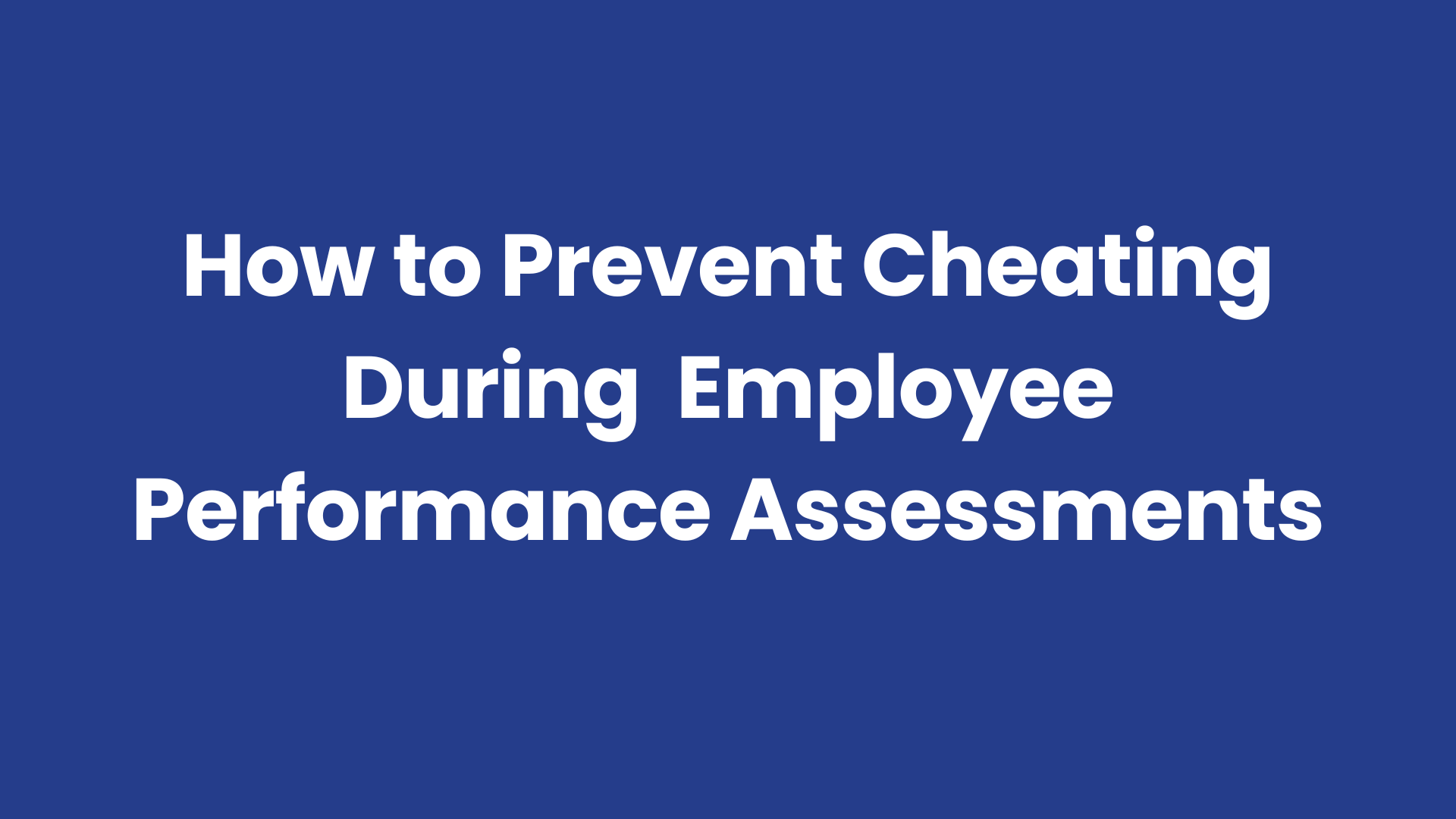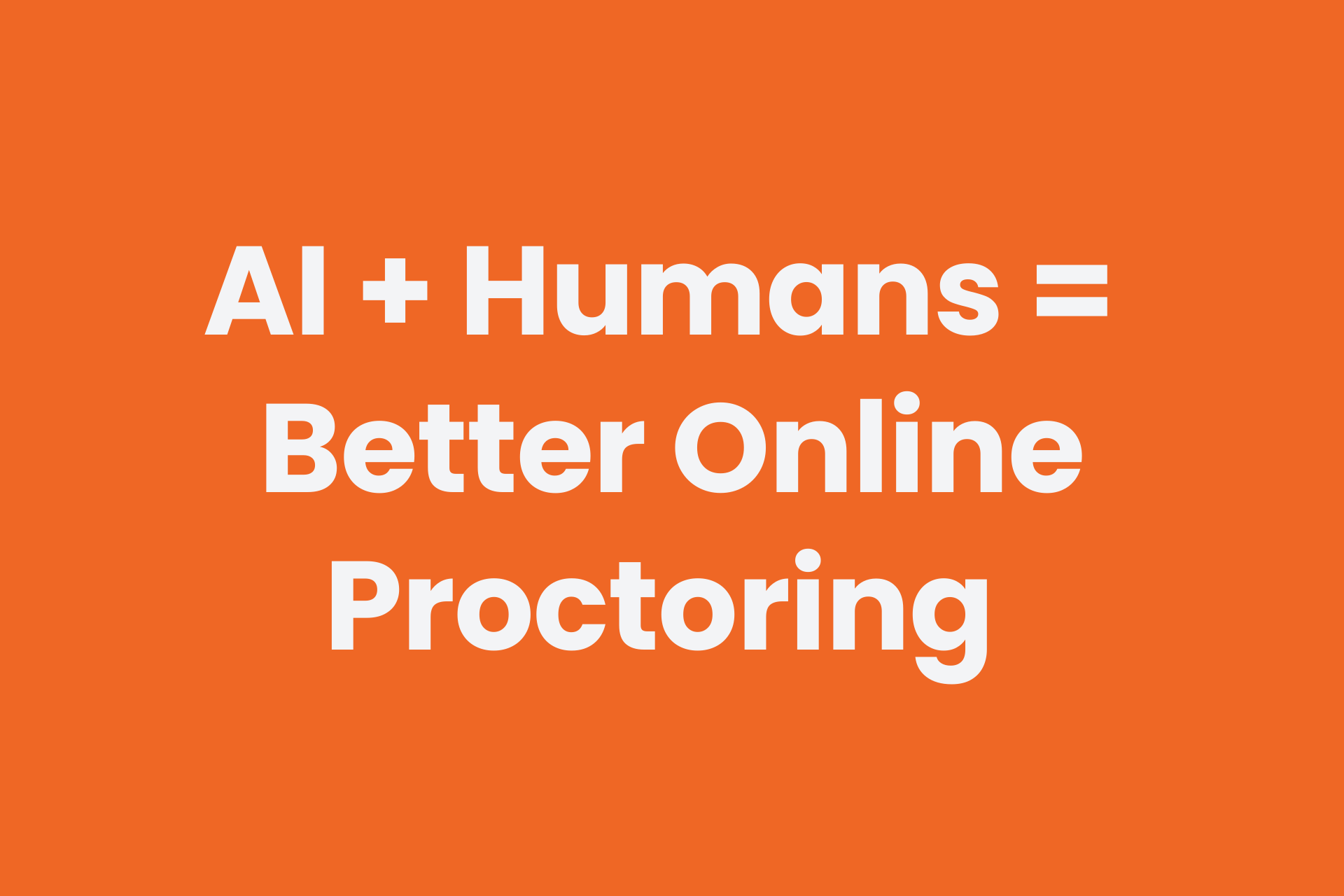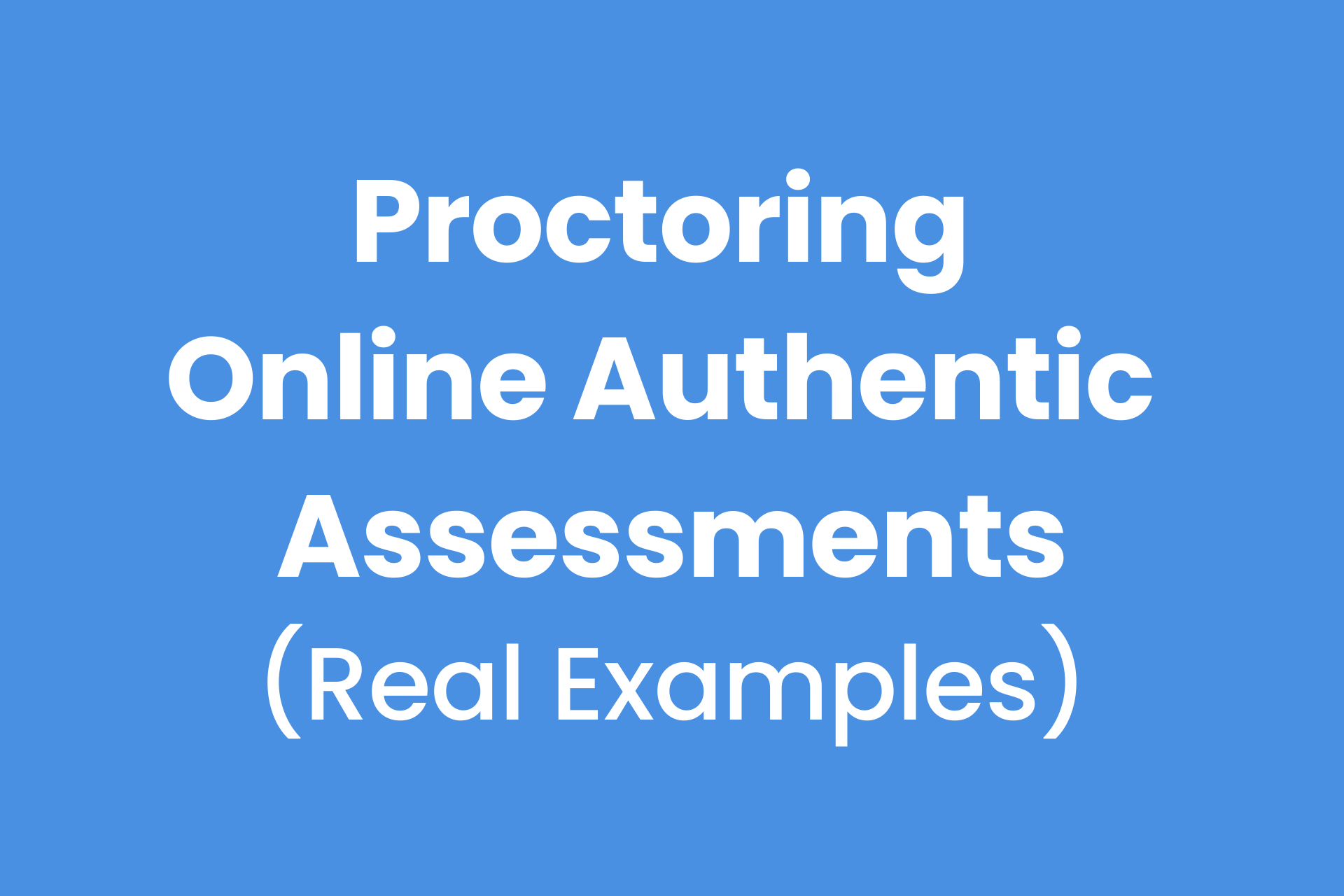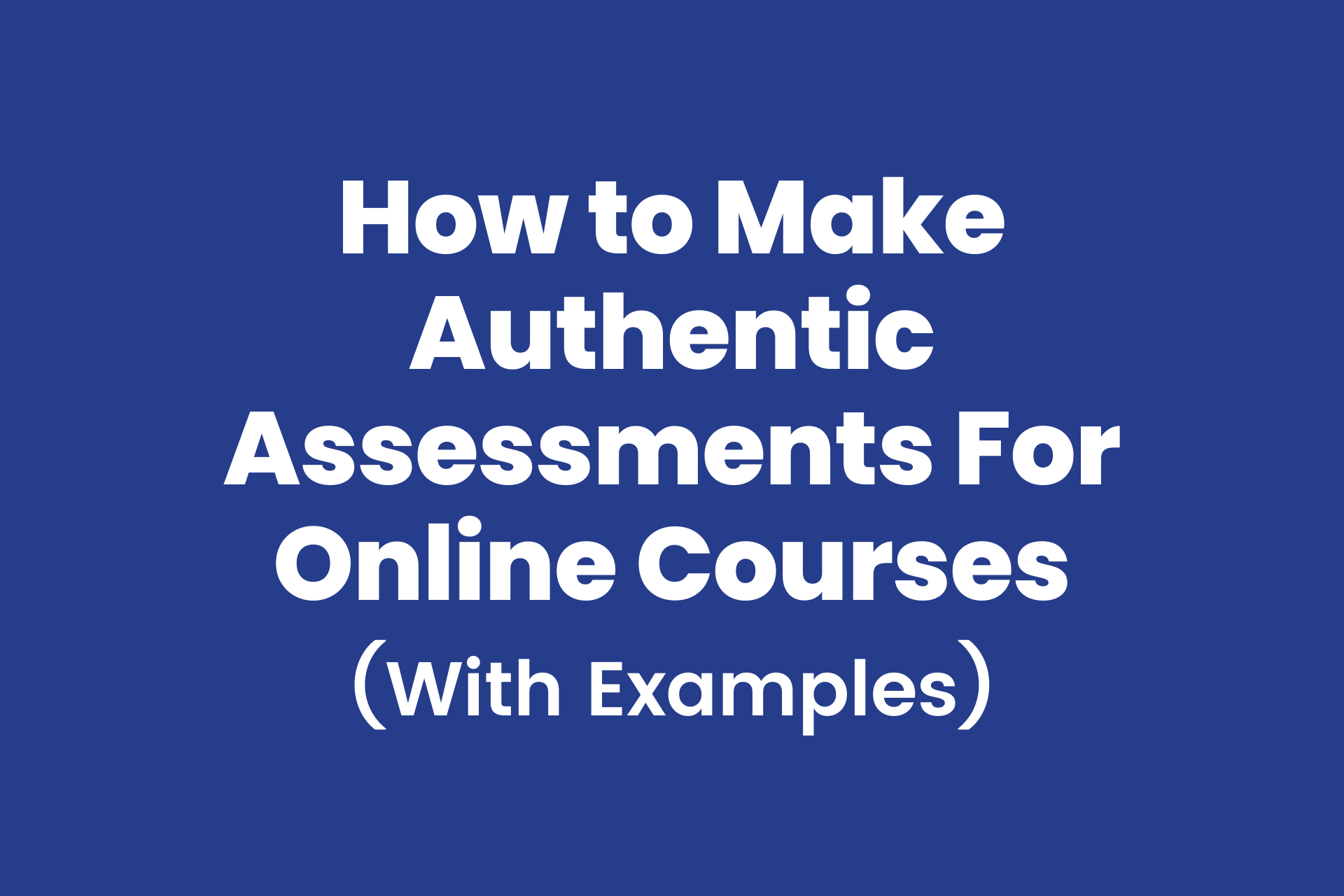Creating a Request for Proposal (RFP) for online proctoring services can be daunting. Where do you start? Who’s involved? What questions should you ask? How do you create scoring criteria?
But don’t worry, this article details how to write an RFP for online proctoring services and you can save time by downloading a prewritten, customizable plug-and-play RFP template as a Word Doc or PDF.
How does the template work? It’s a fully customizable, plug-and-play template. We show you where to plugin your information (important deadlines, school name, number of students, etc.) and you can add, remove, and edit any questions and sections within the RFP.
Planning your online proctoring RFP
Better planning can help get the best responses
Determine who should be involved in the RFP process
Some institutions involve many different departmental stakeholders throughout the online proctoring RFP process, while others only include a few individuals. Determine who needs to be involved and what their expertise brings to the RFP creation and evaluation process.
When it comes to procuring online proctoring services, individual stakeholders may include instructors, directors of online learning, instructional designers, LMS administrators, testing center staff, IT, and security.
Decide what your make-or-break proctoring requirements are
With any RFP, you’ll have features, functionalities, and services that are mandatory, while others are nice to have. This will help save time during the creation process and will hopefully eliminate responses from online proctoring companies that don’t meet your requirements.
For example:
- Mandatory item: the online proctoring software integrates with your LMS.
- Nice-to-have item: a proctored exam report can be exported as a PDF.
Create a comprehensive list of requirements and questions
This is where the bulk of the work begins for those involved. Your team will create a full list of requirements and questions for the online proctoring companies.
Organize the requirements and questions into specific sections
Once your team compiles a list of all the requirements and questions, break them into specific sections such as proctoring features and functionality, data security, support services, implementation, references, and pricing.
Create scoring criteria for the RFP
Explain how your team will evaluate responses and select a winner.
Scoring may be subjective, such as the team reading written responses and grading them on a scale of 1 – 10. Scoring can also be very objective, such as using a list of requirements with yes or no answers and simply adding up the scores in each column.
Some use weighted scoring where each category is worth a percentage of the total score. For example:
- Pricing: 20%
- Technical product responses: 30%
- Security, privacy, & accessibility 30%
- Support: 20%
Regardless of your approach, make sure the online proctoring vendors have a clear idea of your scoring process.
Develop a timeline
Create a realistic timeline that accounts for every step of the evaluation process. Your timeline should provide proctoring companies and your institution with adequate time to review, ask questions, and develop appropriate responses.
Provide the dates and times for:
- RFP issue date
- Vendor question submission deadline
- Responses to vendor questions
- Vendor submission deadlines
- Completion of response reviews
- Vendor selection
- Implementation and training
- Ideal launch date
Creating an RFP introduction
This is where you need to consider what information the responding vendors need to provide the best responses. Explains the expectations and goals of implementing online proctoring software and what type of information you want in the RFP responses.
Provide important information to the proctoring vendors
- Define the expectations and goals of the RFP and implementation of online proctoring
- List mandatory proctoring features and functionalities versus nice-to-have
- Provide critical information about your institution and the project
- The number of online students and/or exams you plan to proctor
- Will the entire institution use online proctoring or just certain departments?
- What type of tests will be proctored?
- Traditional online tests (e.g., multiple-choice, true/false questions, etc.)
- Online authentic assessments and alternative assessments (e.g., virtual demonstrations, handwritten essays, etc.)
- Tests in the classroom or at a testing center
- High-stakes assessments only or will low-stakes assessments, such as weekly quizzes, also be proctored?
- Relevant software and hardware that are currently used
- e.g., LMS, third-party testing software, Chromebooks or iPads, hardware, hosting, etc.
Create detailed response instructions
Having uniform RFP responses makes it easier to review, so give exact details of how you want responses provided. This can include things like:
- Document type and format
- Document type: WordDoc, PDF, Excel, etc.
- Document format: electronic, physical copies, or both.
- How detailed and complex the responses should be
- Paragraphs? Bullet points? Yes or no only? Should screenshots be included?
- Provide examples and/or templates you’d like the proctoring companies to use
- Provide exact dates and times for important RFP milestones, such as submission due date, vendor question deadline, decision date, and go-live
- Provide the vendors with the name, title, and contact information for your institution’s point of contact
- Detail how the RFP responses will be scored and evaluated
Vendor information
This section can be as concise or in-depth as you’d like. But the main goal is to get any information you need up front. This section can help vendors set the tone for what the institution can expect in the remainder of the RFP for proctoring services.
This can include things like an overview of features and benefits, security posture, key differentiators, recent achievements, similar customer institutions, and company history and information.
Be sure to include your own MSA or request the standard MSA from the proctoring vendor. You should also ask if and how redlining should be provided.
Online proctoring features and functionality requirements
Types of online proctoring
What type of online proctoring does the vendor offer?
Determine which type of online proctoring software and services your institution needs.
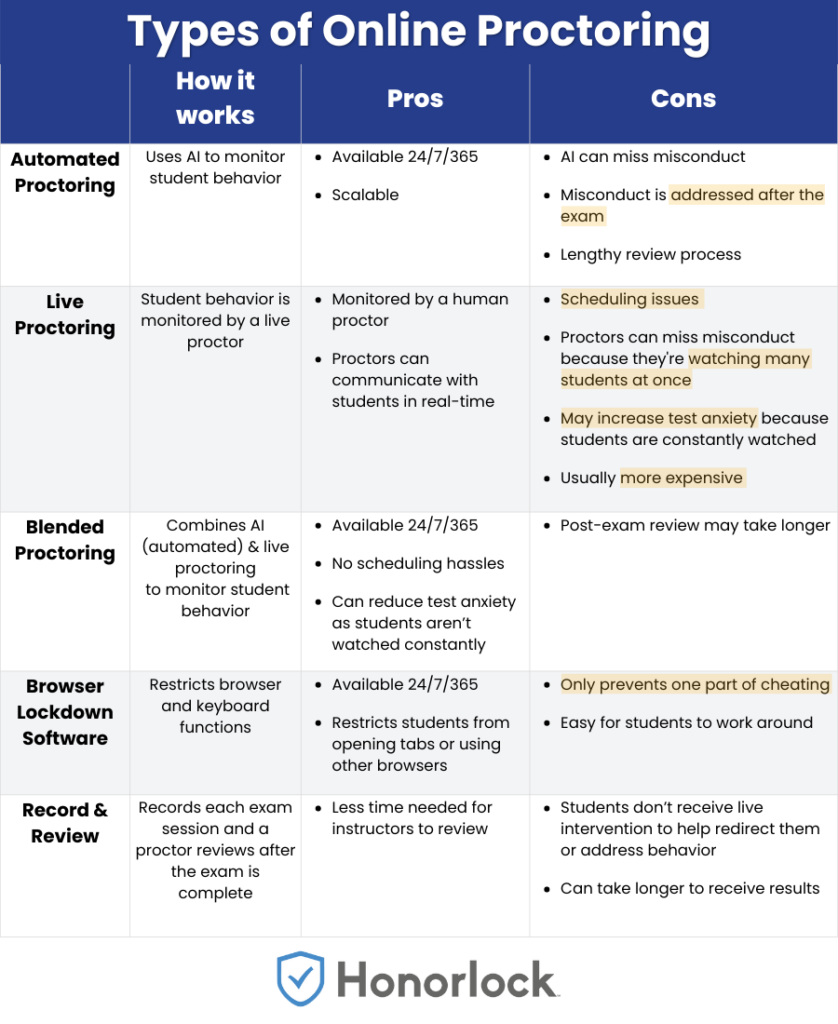
How will the online proctoring solution be used?
Each online proctoring solution has pros and cons, so it’s important to consider the number of students and assessments as well as the types of assessments.
For example, if your instructors plan to offer online authentic assessments, you’ll probably lean toward a solution that blends AI and live proctoring to cover all the nuances. In contrast, if instructors only want to prevent students from opening tabs, browser lockdown software is an option.
LMS integration
The LMS integration impacts virtually every aspect of the online proctoring experience. It’s the difference between a quick and easy implementation, or a clunky, frustrating experience.
- Does the proctoring software integrate with your LMS?
- How does the integration take place?
- How long does it usually take to complete the integration?
- Identify and describe the plan for conversion and integration with existing systems.
- What’s the experience like for instructors and students?
- How does it change the test creation and test taking process for instructors and students?
- Are extra logins and passwords still needed?
- Can instructors review exam reports within the LMS?
- Can instructors and students access support within the LMS?
Sound or voice detection
Make sure to differentiate smart voice detection from sound detection.
- Sound detection detects any sounds, whether it’s a cough, a doorbell ringing, or another voice.
- Voice detection listens for specific keywords or phrases such as “Siri,” “Alexa,” or “Answer” to identify students who may be attempting to gain an unfair advantage.
- Can the proctoring software detect voices?
- Can instructors provide their own list of words to flag that are specific to their exam?
- Does the software provide a transcript of what the student said?
- Does the software alert a live proctor to intervene?
Test content protection
Homework help sites make it easy for students to find and share test questions and answers. The proctoring technology should be able to identify when the instructors’ test questions are leaked on the internet.
A bonus is if the software allows the instructor to actually take action by removing the content and/or updating their test questions.
Third-party test proctoring
Make sure that the proctoring software can proctor exams on third-party testing platforms such as McGraw-Hill, MyMathLab, and Pearson.
Ask how the proctoring software works with the third-party platforms to make sure that it isn’t a clunky experience for instructors and students.
Some proctoring software makes it simple to proctor third-party exams; it’s just like proctoring within the LMS, just a step or two more). In a few clicks, instructors can set up proctoring and students can launch the exam.
Cell phone detection
This is especially important because most students have a cell phone or another device that they can potentially use during the exam to look up test answers.
- Can the proctoring software detect the use of cell phones?
ID verification process
The ID verification process can seem straightforward, but you need to understand how they’re verifying it, what personal information is collected, and how it’s stored. This is especially important to understand because some proctoring services don’t perform any AI checks against IDs; they only capture ID for review by a proctor or instructor, which means an even longer review process.
What’s the ID verification process like for students?
- What steps are needed and how long does it typically take to complete them?
During the verification process, does the software use face recognition or face detection?
These terms are often used interchangeably, but they’re vastly different.
- Face recognition uses biometric technology to detect a face, extract features, and match it to a name in a database.
- Face detection is much less invasive because it simply detects that a face is present.
Browser guard
A browser guard, sometimes called browser lockdown software, is a pretty standard proctoring feature, but you should still ask how it works and what its limitations are. Keep in mind that browser lockdown software only protects one small aspect of potential academic misconduct.
Reports and recordings
You want to make sure that reports and recordings are easy to understand and quick to review.
Ask what student behavior is flagged and included in the reports and how instructors will actually access the reports. Ideally, instructors can review reports and export them without leaving the LMS.
You should also ask if the recordings are timestamped. Timestamps of important student activities are crucial for streamlining the video review process for instructors.
Accessibility
There’s a lot to consider with the accessibility of any software, and it’s the difference between having the ability to learn or being left out. Each aspect, no matter how small, makes a huge difference that can make or break the learning experience for some.
While web accessibility is a massive undertaking, we’ll provide key points to consider in this section and a full list of questions in the downloadable RFP template.
Accessibility standards
The proctoring software should be fully ADA accessible, compliant with Section 508, and developed to conform to WCAG 2.0 level AA guidelines.
Development process and testing tools
Look for an online proctoring service that accounts for accessibility in their design process from start to finish. And be sure to ask what accessibility testing tools they use as part of this process.
Support and integration with other assistive technologies
What assistive technologies does it work with? e.g., screen readers, alternative keyboards, graphic organizers, etc.
Accommodations for students
Does the proctoring service allow instructors to provide accommodations for specific students, such as bathroom breaks, specific assistive devices, and extended time limits? Accommodations like these are crucial for some students to successfully complete their online exams.
VPAT
Ask for the Voluntary Product Accessibility Template, which provides a standardized reporting format for product accessibility conformance.
Data security RFP information
Data security is one of the most important aspects for instructors, institutions, and students using online proctoring software and services. Keep in mind that their security becomes your security.
There’s a lot of information to cover in this section, but we’ll summarize it here and you can a full list of online proctoring security questions in the RFP template that you can download.
Data security and privacy
- What data is collected and why?
- Who owns the data?
- Do they sell your data?
- Is the vendor FERPA compliant?
- How is the data collected and maintained?
- How long is the data retained?
- What is the cadence of the vendor’s vulnerability and penetration testing?
- Is the data encrypted in transit and at rest?
- Is the data classified?
- What data security software and technologies are used?
- Does the proctoring company have a disaster recovery and business continuity plan?
- What is their incident response plan?
- Do they have a Service Level Agreement?
Security maturity and employee training
- Understand each proctoring company’s security approach from the ground up
- How are employees continually trained and how often?
- What security testing is in place?
Proctoring services for support, implementation, and training
Features and functionality of proctoring software are great, but support, implementation, and training are equally important to your overall success.
Support
- When is support available?
- 24/7/365 or specific days and times?
- What support is available for students and faculty?
- Chat, phone, or email?
- Where is the company’s support team located?
- Can the user communicate with a live support representative, or is it only automated?
- Is support included or is there an additional cost?
Customer success
- Does the proctoring service provide your institution with a dedicated customer success manager?
- If so, what does that relationship entail?
- Is the customer success manager included in the overall cost or at an extra cost?
Implementation and training
Ultimately, you need to ensure that implementation is quick and easy and that your faculty are trained and confident.
- What occurs during the implementation process?
- How long does the average implementation take?
- Implementation should take days, not weeks.
- What’s your institution responsible for during the implementation?
- What personnel should be included?
- What training is provided and how?
- Is training included or does it cost extra?
- Are training resources available on an ongoing basis?
- If so, what kind? e.g., tutorial documents and videos, knowledge base, webinars, etc.
If possible, you’ll want to ask for customer references that are similar to your institution’s type, size, and offerings.
Online proctoring pricing
Look for an appropriate pricing model that fits your needs so that you can accurately predict and anticipate testing costs. Does the company provide flat rate pricing? If not, consider the variable costs associates for different services.
Ask for comprehensive pricing options based on the proctoring service’s various offerings and ask for anticipated additional fees based on your RFP requirements.



